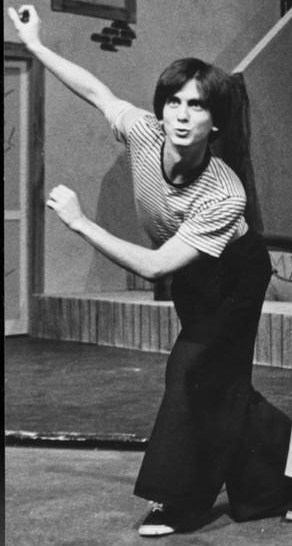Over the years, I have run across many, many movies which were film versions of stage shows in which I have played. Too many to count, actually; though less frequently done today, stage plays used to be the primary source material for Hollywood. And considering all the chestnuts I have appeared in onstage, including myriad musicals and sh*tloads of Shakespeare, it's just not a big deal to run across a film version of a stage show in which I have performed. But last week, the opposite happened, for the very first time: I attended a stage production of a film in which I appeared.
 |
| Our film can be streamed here. Physical copies of the movie can also be purchased here. This is the actual DVD cover. The tag line ("Should we, or should we not...kill the JEWS?") leaves no doubt about the theme of the movie. But it also eliminates an element of surprise in the film, and may even discourage viewers from ever watching it. |
The film, and the play upon which it was based, is A Modest Suggestion. I appeared in the indie film version of the piece several years ago, and described the whole experience in these pages (if interested, you should scroll down that page, then read up, to see the journal in correct chronology). The film was a screen adaptation of a play which had never had a fully staged production. Now it has, courtesy of New York's Apple Core Theatre Company. And wouldn't you know, the show is being presented right across the street from my NY branch.
How could I resist attending? I considered passing it by, only because I am deeply involved in rehearsing a production of Taming of the Shrew, and my free time has been swallowed up by the Learning of Lines and Other Homework.
 |
| Here's a shameless plug for my current gig. It has nothing to do with this blog entry, but go here anyway. |
But I had an unexpected evening off last week, so I popped across 42nd Street to see A Modest Suggestion, the stage play. It was an early preview, so the theatre, which was very small anyway, had only about 20 folks in attendance.
 |
| In the stage version, these guys nailed every laugh. |
 |
Our guys nailed laughs too, I think. Never having seen
our film with an audience, I can't be sure. |
Comparisons are odious but inevitable, I tell myself as I write these words. The stage play, by Ken Kaissar, was a hoot, and had more laugh-out-loud moments than the film, which had a screenplay by our director Arnon Shorr, in collaboration with the playwright.
 |
| The film's director, Arnon (always with color coordinated jacket/yarmulke), watches the monitor during filming. He cared deeply about A Modest Suggestion; every shot was meticulously planned, every scene storyboarded. |
The biggest difference between the play and film happened during the opening sequence, in which four no-named, mid-level executives gather in a corporate boardroom. The main topic on "today's agenda" is revealed: whether or not to kill the Jews. In our film, this is the one and only topic of discussion by the four men.
 |
| Our film had the luxury of doughnuts. The stage play dispensed with them. They did have a white eraser board, upon which the gent playing my character wrote catchwords. I thought that was a great touch. |
On stage, "killing the Jews" is the third topic of discussion, and for that reason, the play begins on a lighter note. The first and second items which these four buffoons discuss were comically incongruous (one was about school lunches, the other was about airport security, both subjects ripe for ridicule). Playwright Kaisser was pretty skillful when he planted these two topics of discussion, as they let the audience know that A Modest Suggestion was a comedy, and that laughter was welcome and expected. The audience, then, was better prepared to accept the premise of the third, more incendiary topic of discussion, Hebrew Homicide.
 |
| The film's director Arnon had a singular theme which he wished to convey, and his screenplay featured no extraneous discussion of school lunch, travel security, or herring. Playwright Ken Kaissar apparently added those subjects to his current script, which, while off-topic, brought big laughs in the stage version, and alerted the audience that they were watching a comedy. |
The rest of the stage play followed closely the screenplay (or vice-versa, I guess, since the play was written before the movie). Well, there was one other long sequence in the play, in which an Hassidic Jew is fed herring, which was marginally funny but majorly yucky, and I am glad we were not faced with that scene in our movie.
 |
| On stage, herring is played for laughs. |
In the theatre, the small audience laughed frequently, even as the situation became more dangerous. The audience had been "taught," in those first minutes of the play, that the piece was a comedy, so they had no problem laughing throughout. I am not sure our film accomplished the same thing.
 |
On stage, a modern Jew is kidnapped and
quizzed about bacon and God. |
A Modest Suggestion, the film, began and ended, as I said, with discussion about Jewish genocide. It is clear, at least to me, that it's a dark comedy, and the cover of our DVD calls the film a satire. Still, I can see the piece being misunderstood by some viewers. While researching this entry, I came across a comment about the movie, posted by a couple of holocaust survivors.
 |
| On film, our gang also kidnapped and quizzed a Jew. |
They did not see the comedic elements at all, and even begged the film makers to remove the movie from circulation, fearing that it would validate anti-Semitic activity. (You can read those comments here.) That is only one opinion, but the fact that people could see the film and so misunderstand its intent is disconcerting. We all thought we were making a satire about anti-Semitism, but apparently some people seeing the film are coming away with the opposite impression.
 |
Arnon directs myself and Mendy Pellin, playing our
Hassidic Jew. Perhaps Mendy is thankful the
"feeding of the herring" sequence
was not included in our film. |
Having now seen the current stage play, I wonder if, had our screenplay included those silly discussions about school lunches and the TSA, before leaping into the darker topic of genocide, would the audience have been more welcome to the message? I am certain, without a doubt, that our director's intent was to illustrate the ludicrousness of anti-Semitic feelings, but his film may have been just too dark for that point to be made clear.
The stage show Off-Broadway was clear, and the audience knew it. I could see heads nodding in recognition, when a particular misunderstanding on the part of the gentiles was revealed. (I may have enjoyed the stage show more than some others, particularly this online critic, who did not like it much). I believe both the film and stage productions of A Modest Suggestion are works of art, but how effective are they in delivering their message? That's up for more debate.

























































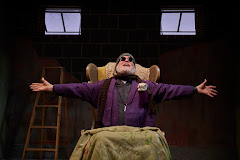



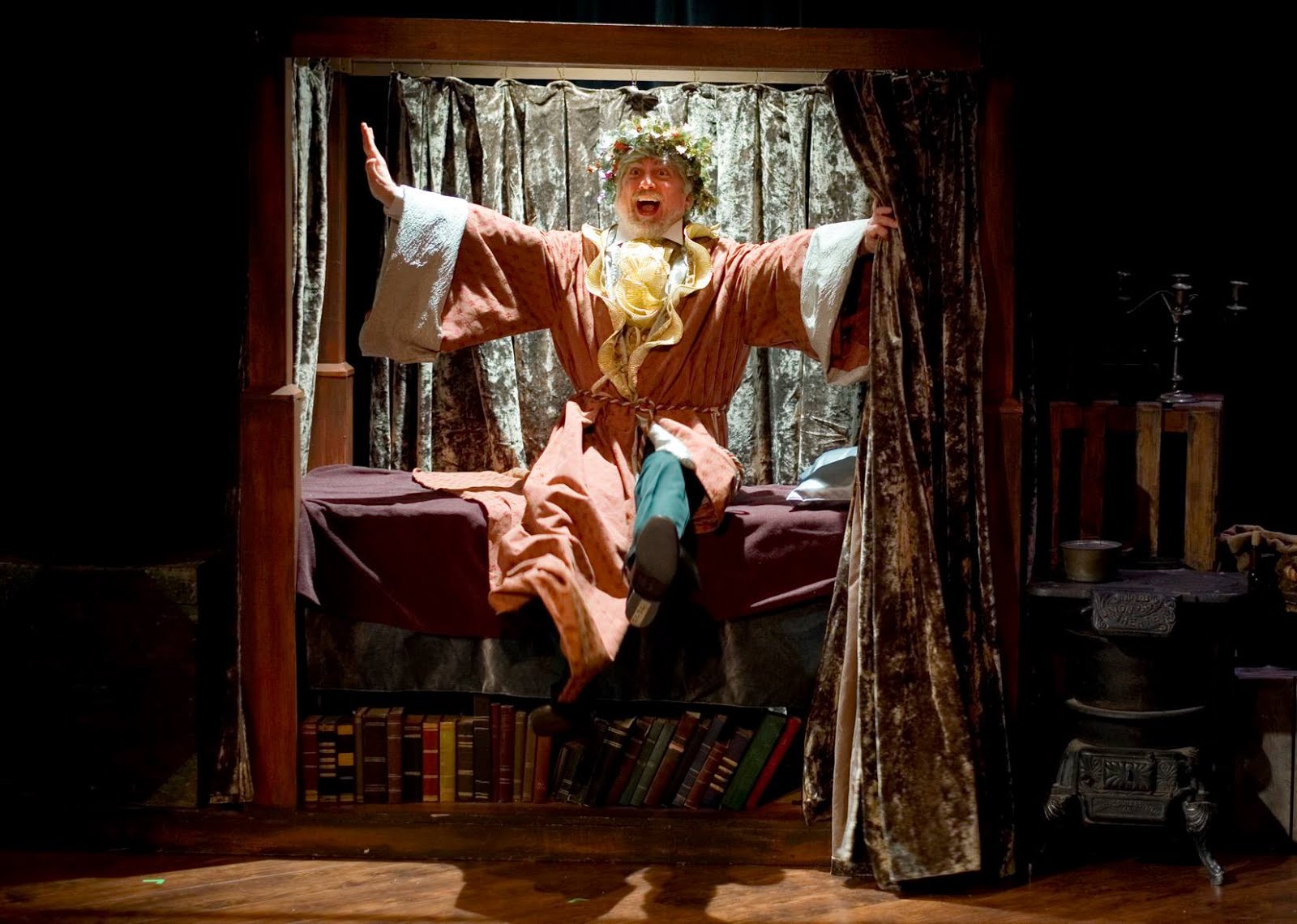
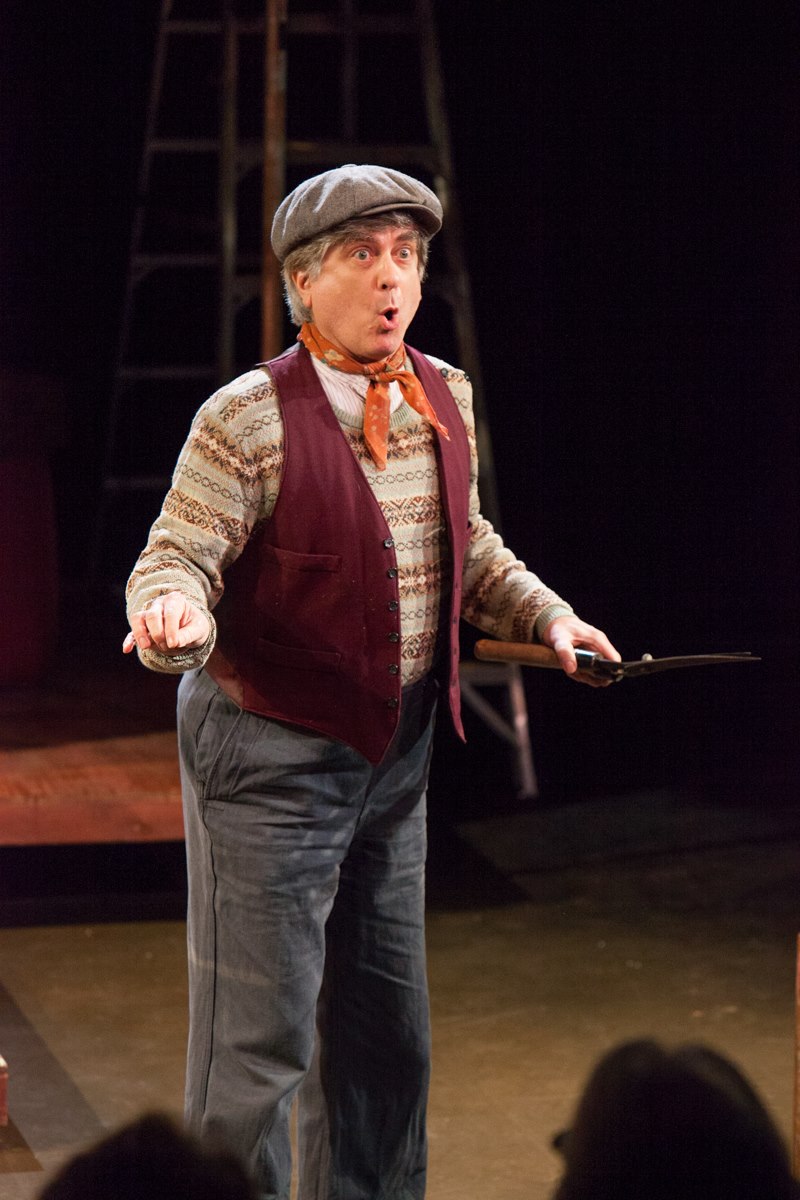
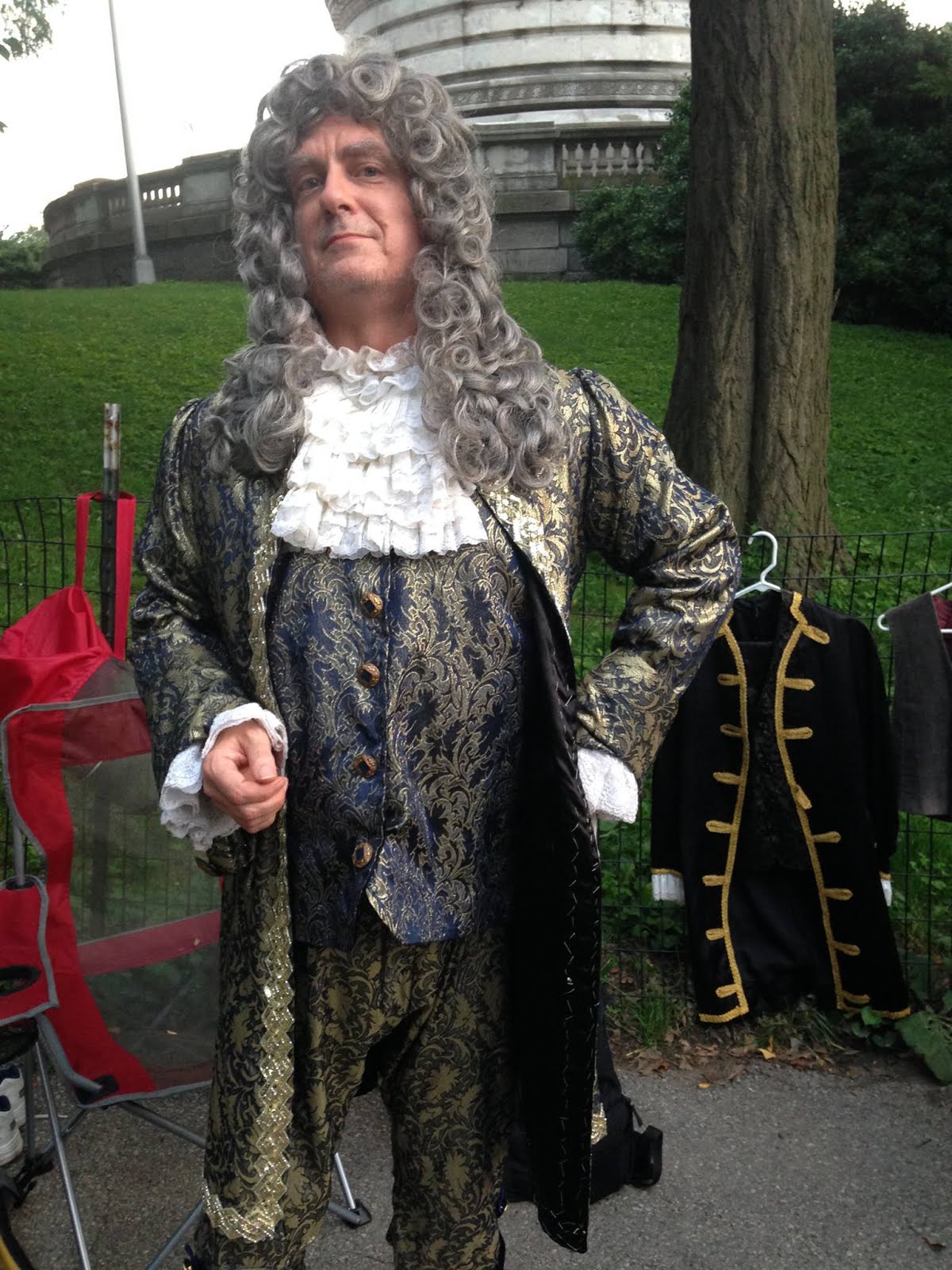
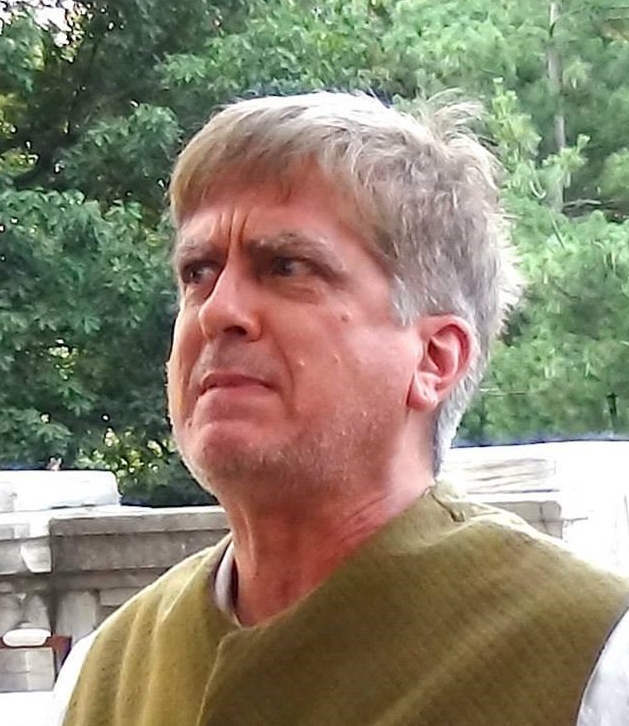
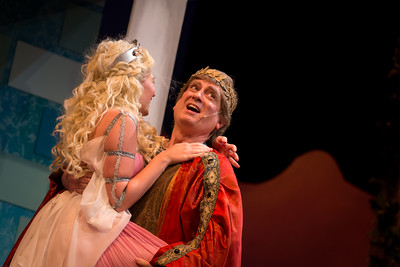
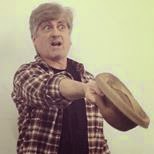
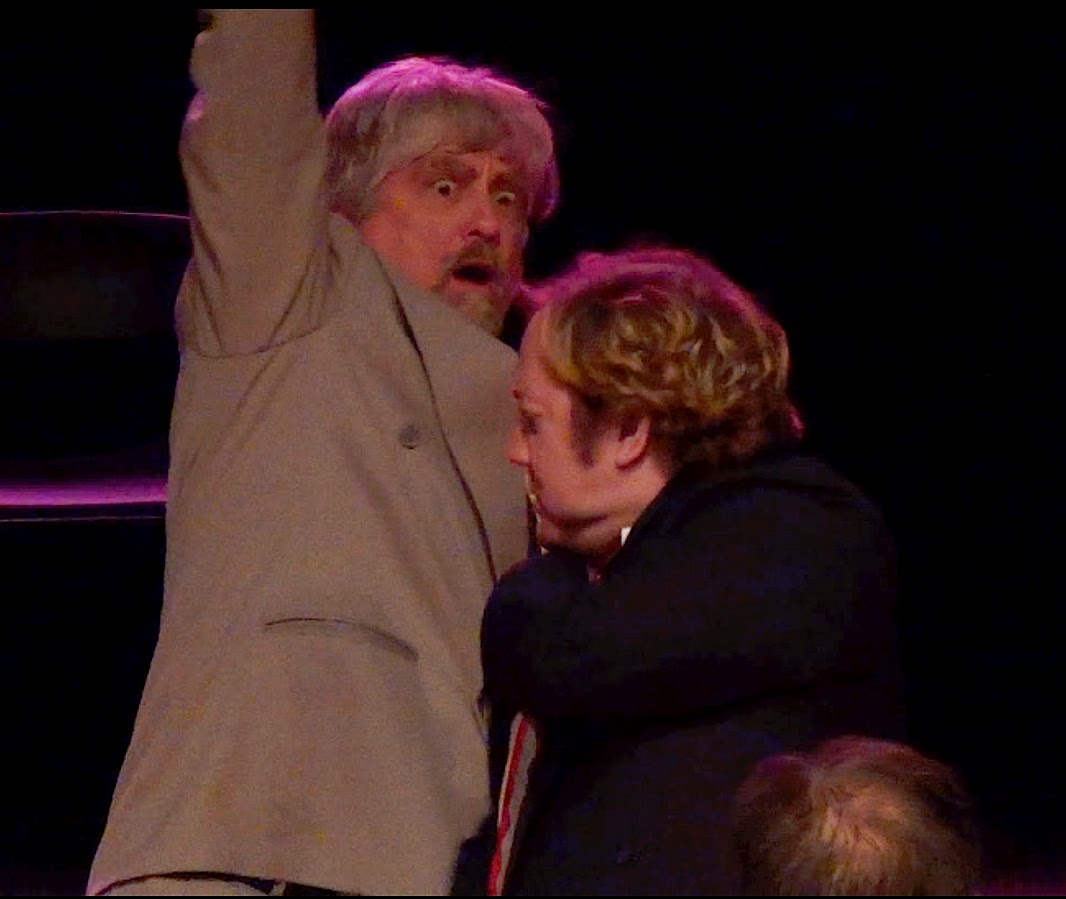

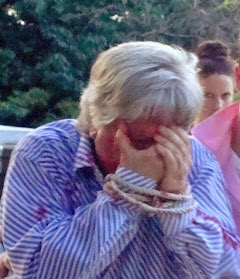










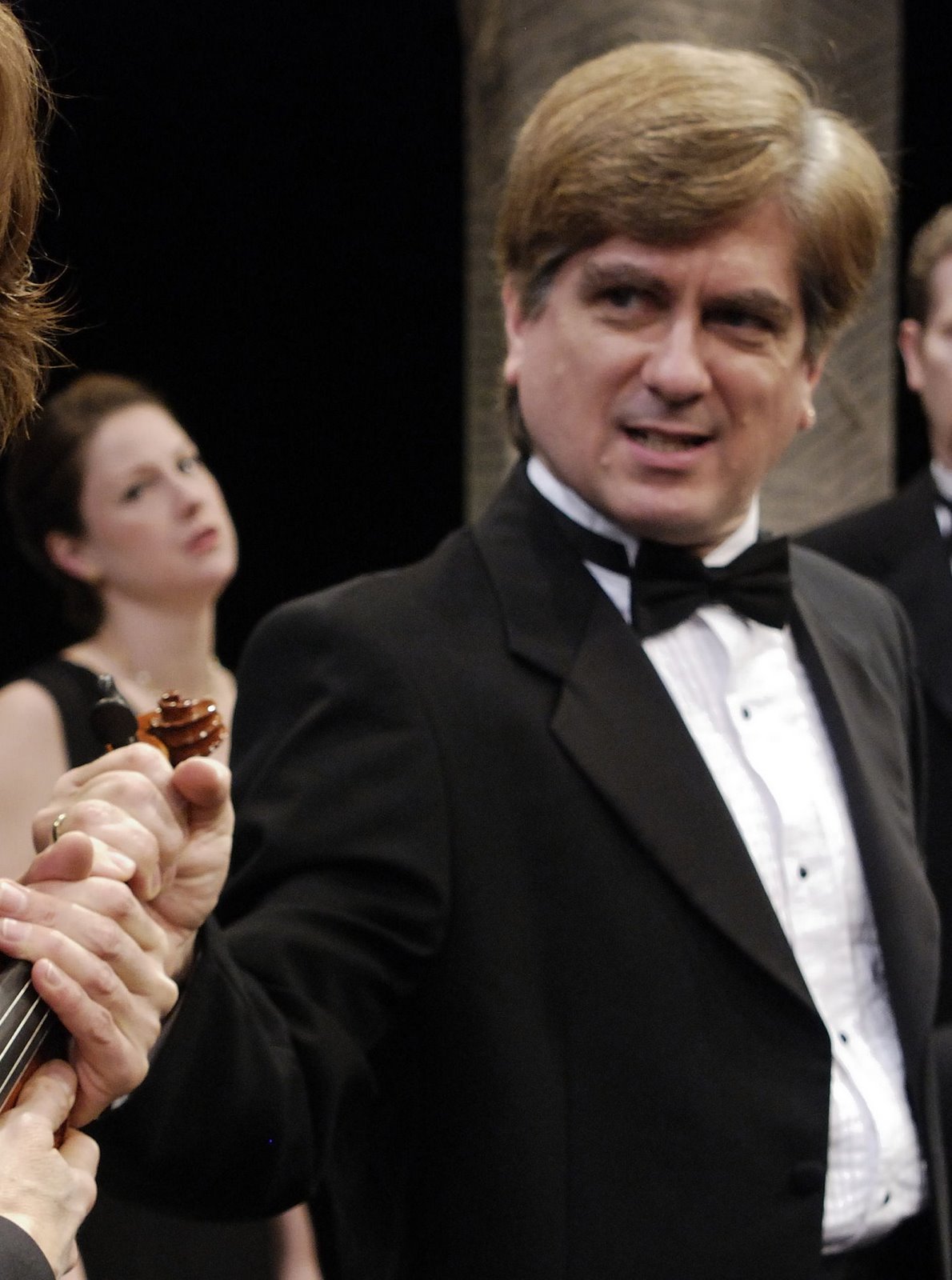
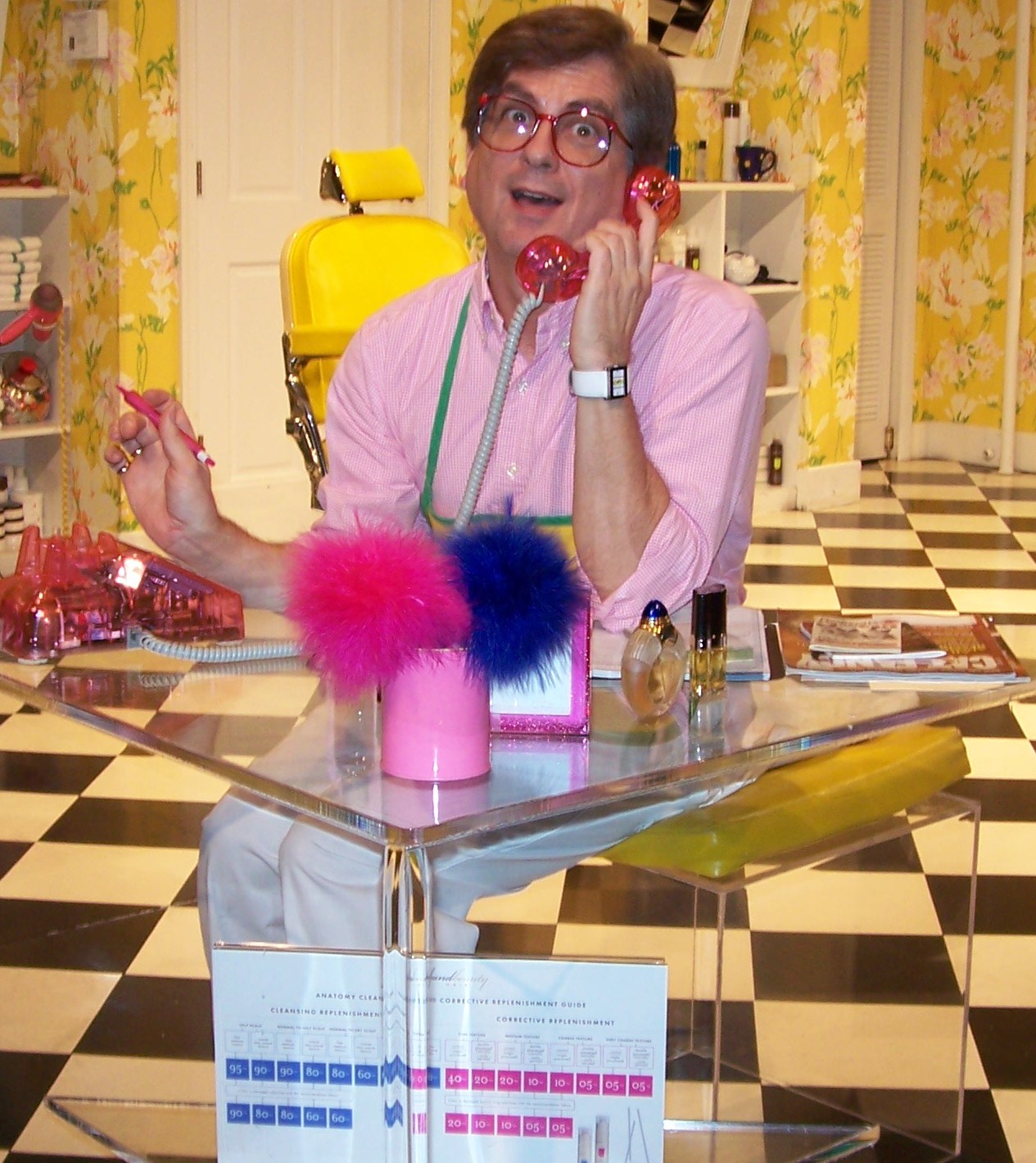
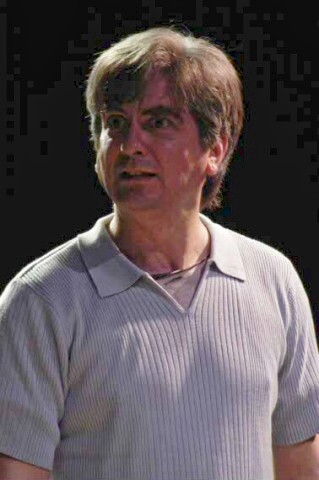
,+Olney+Theatre+Center,+2004.jpg)


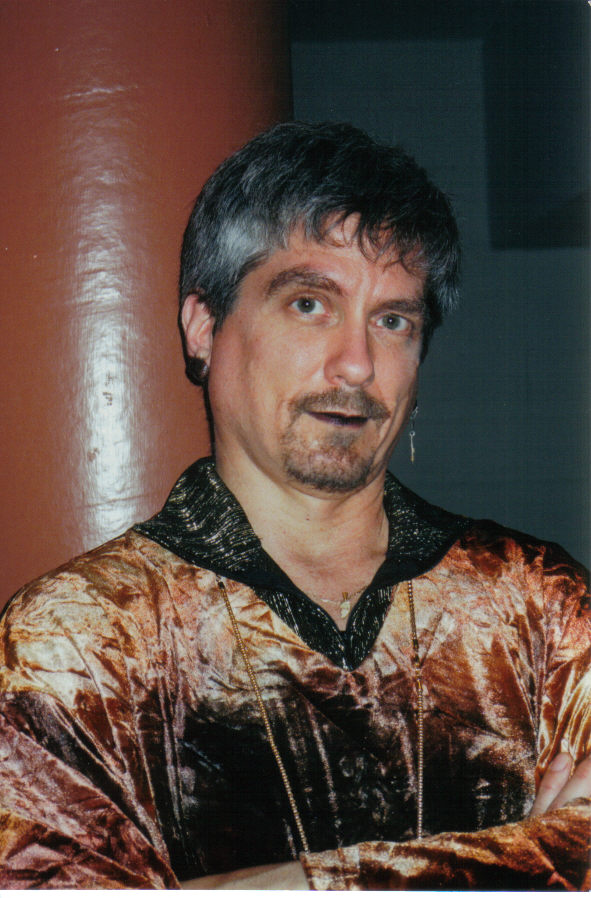
,+Shakespeare+Theatre+Company,.jpg)
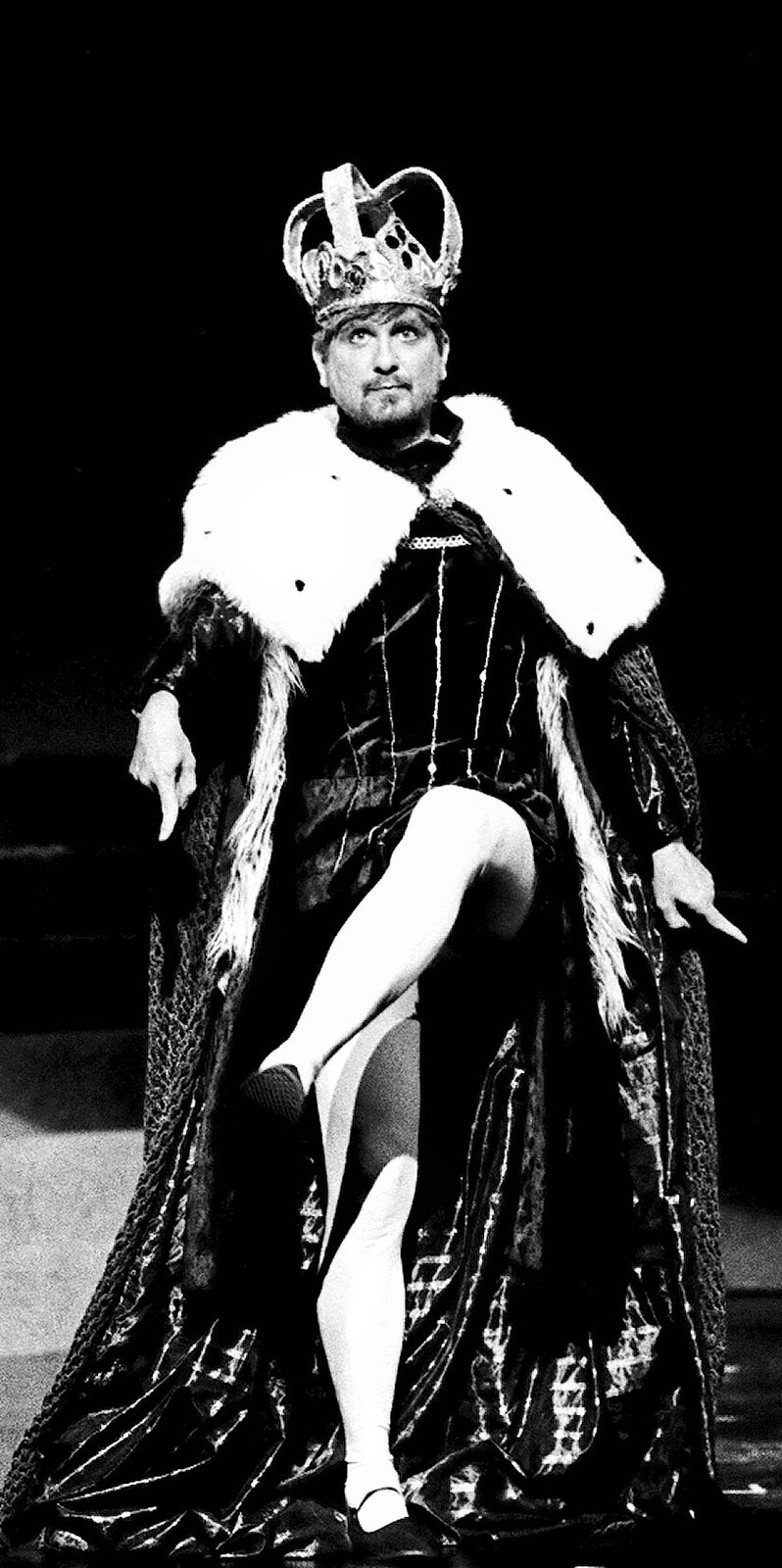

,+Warehouse+Theatre,+1999.jpg)
,+Are.jpg)
,+Everyman+Theatre,2002.jpg)
,+First+Nationa.jpg)
,+Shakespeare+Theatre+Company,.jpg)


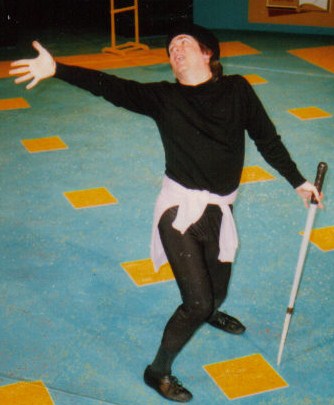
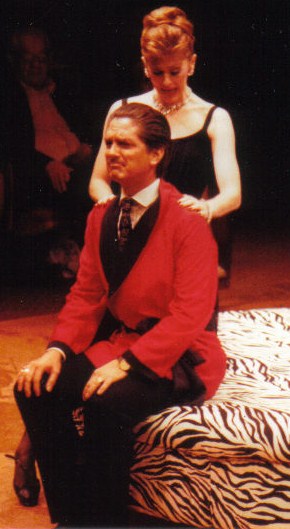


,+Granada+Th.jpg)
,+Globe+Playhouse,.jpg)
,+CSUN,+1976.jpg)
